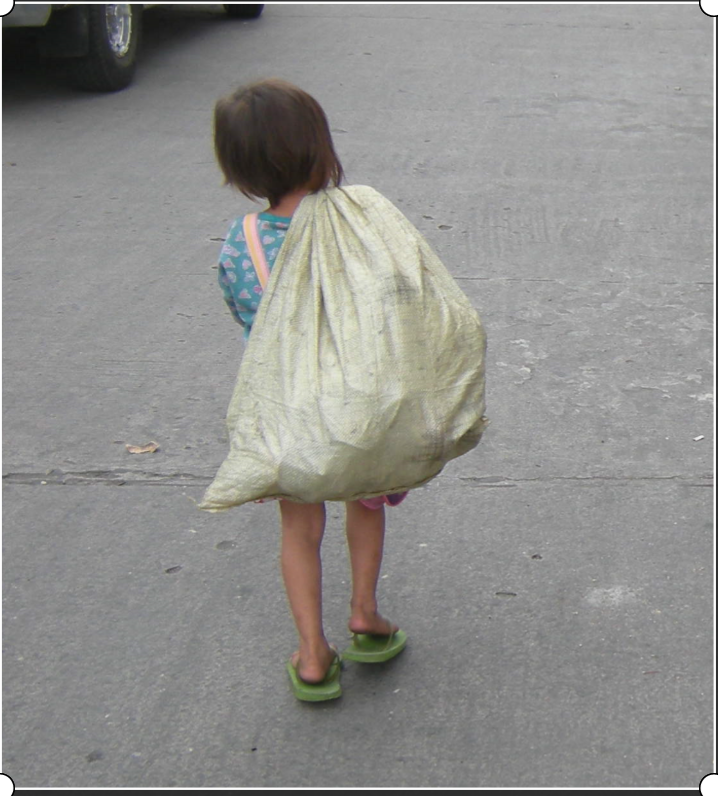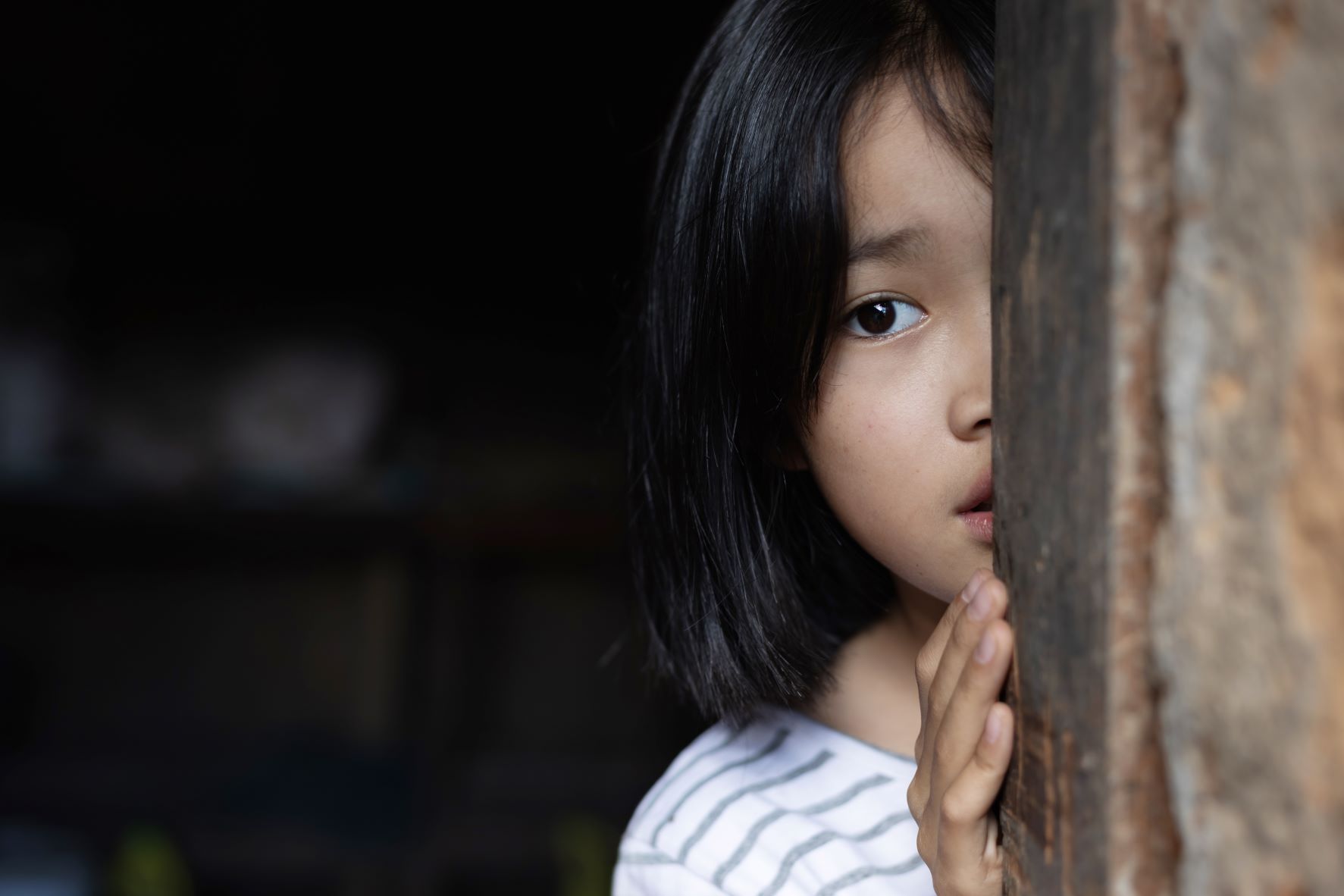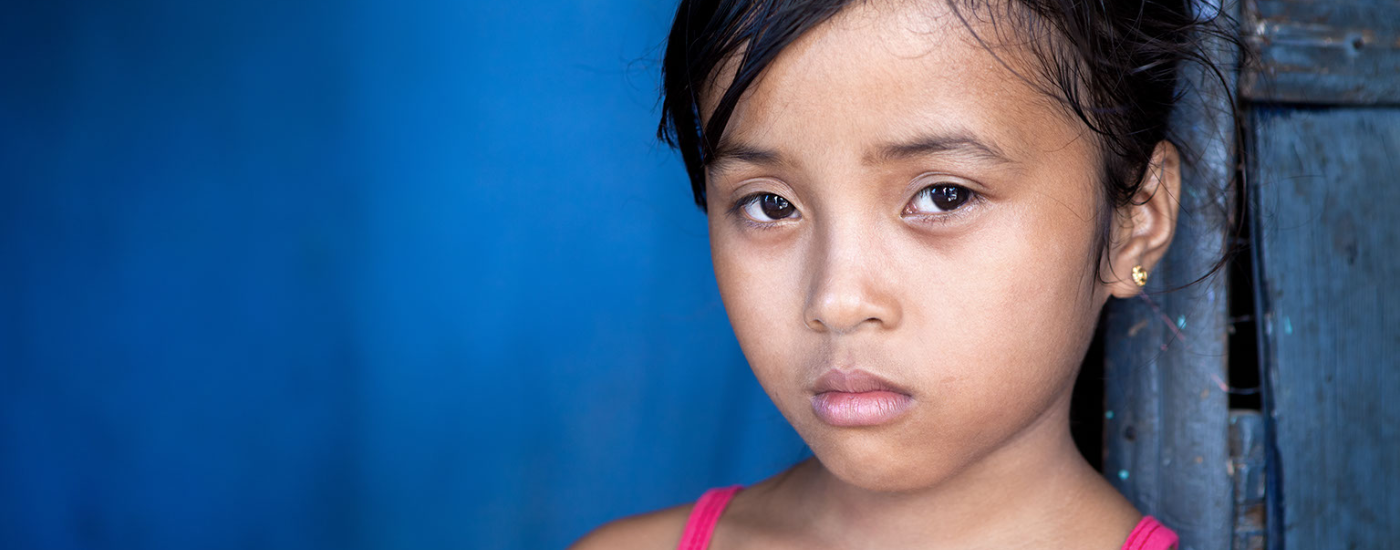
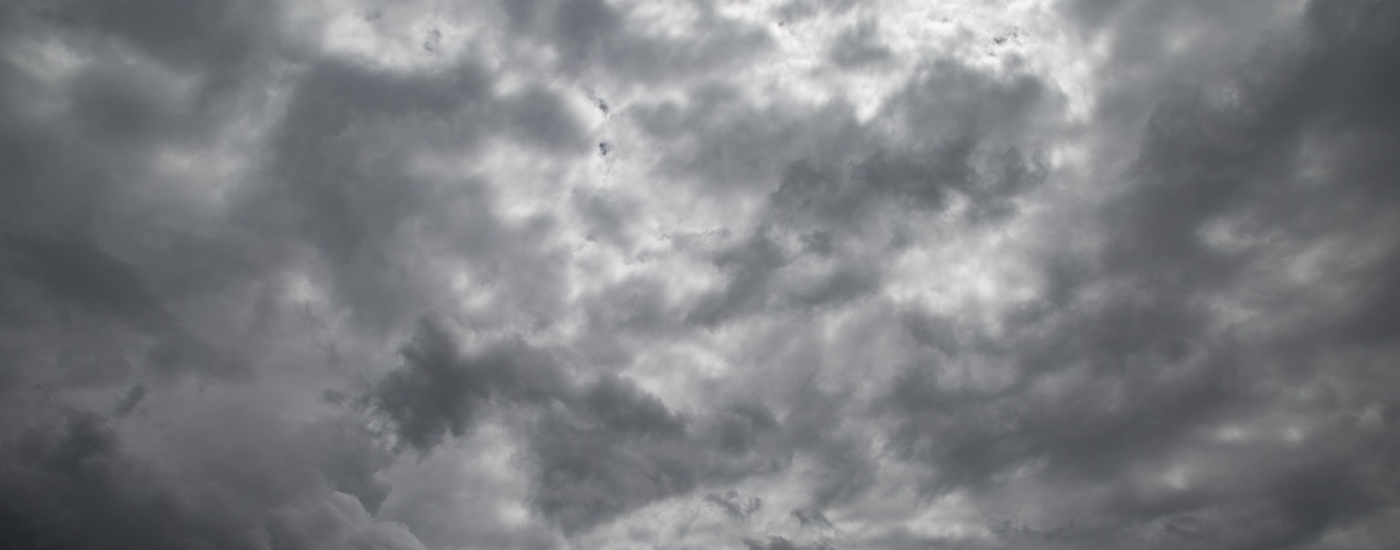


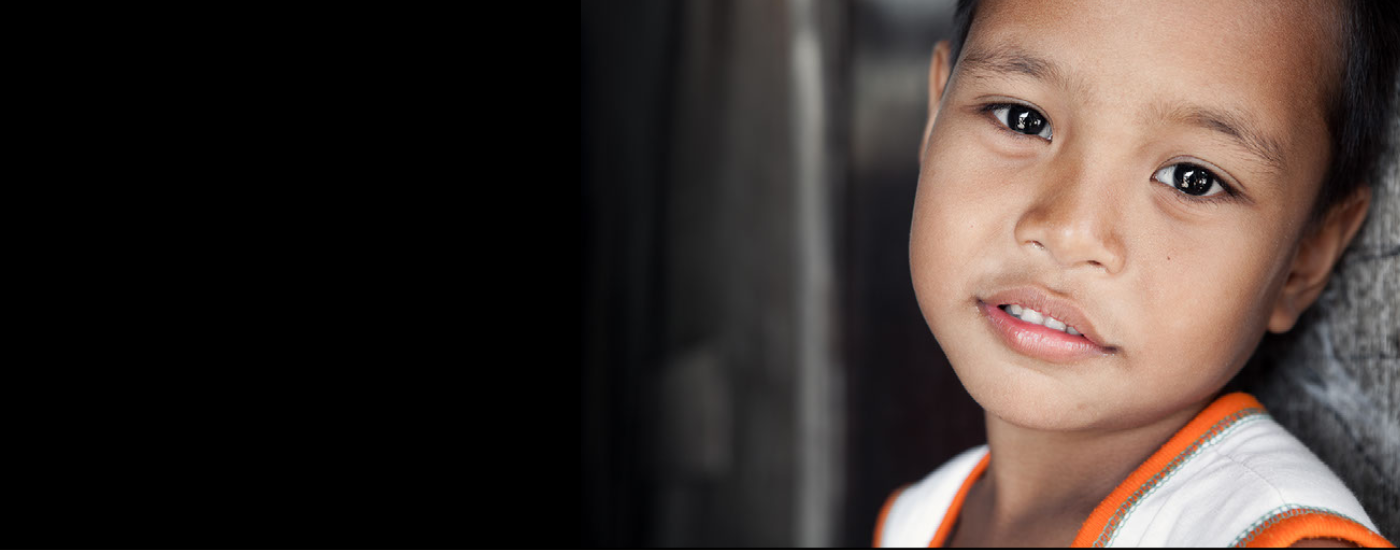
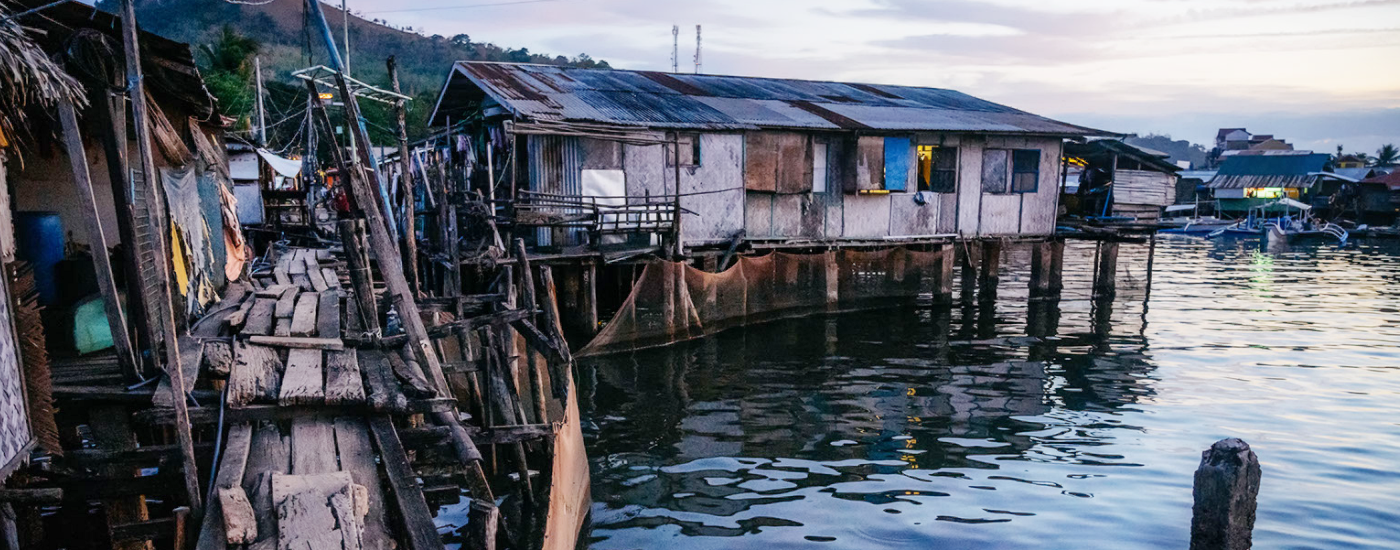
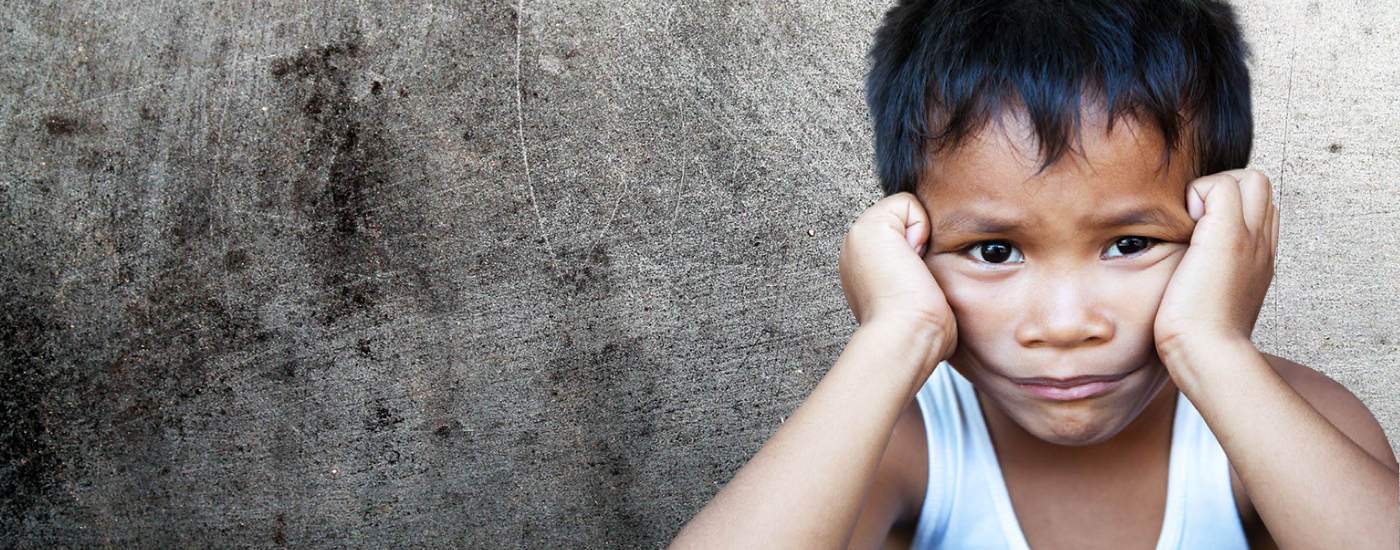
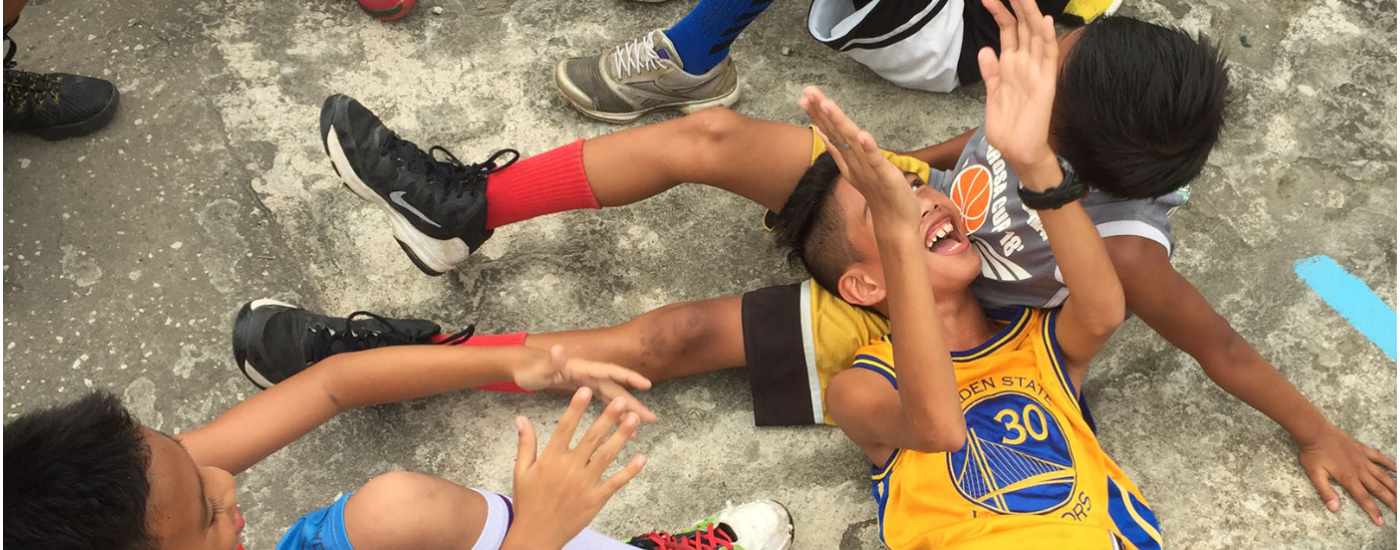
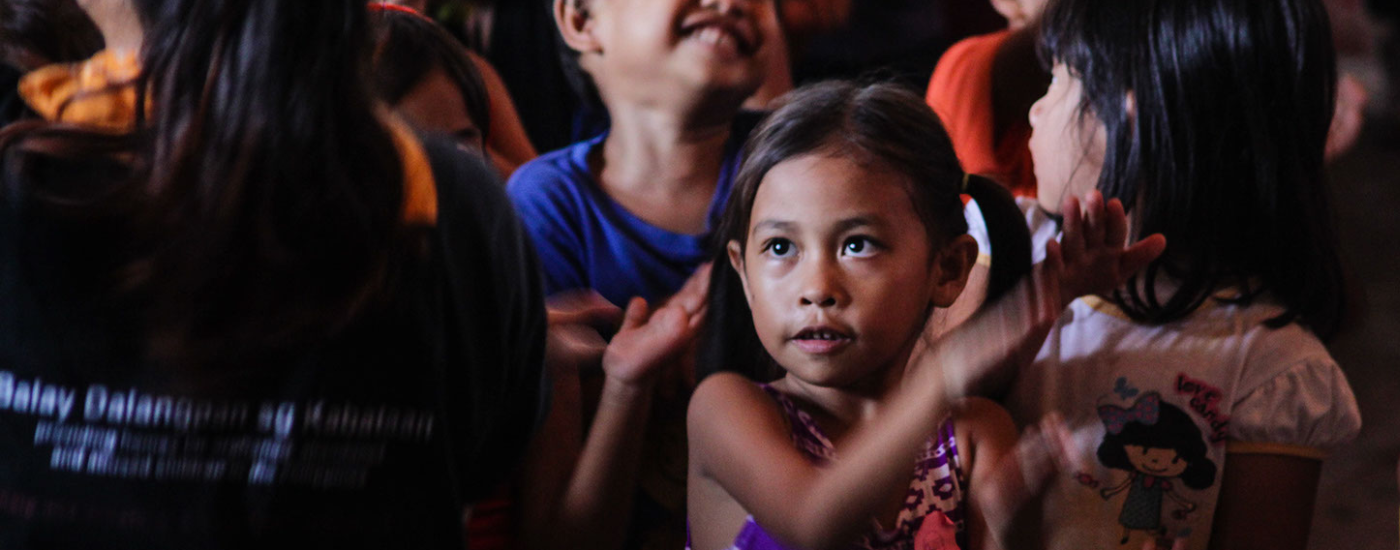
Poverty
On average, 31.4% of Filipino children live below the poverty line.l Child poverty rates vary significantly. They are much worse in rural communities and low-educated households (UNICEF 2015). Children from marginalised groups such as indigenous communities, the disabled and street children are left behind and often excluded from mainstream society without access to basic services and education.
DONATE NOWChild Abuse
In 2018, the Philippines published findings from the 2015 National Baseline Study on Violence against Children. This indicated that children and youth aged 13 to 24 years experience very high levels of violence and abuse - 64.2% reported that they were subject to physical abuse, 61.5% to psychological abuse and 22.4% to sexual abuse, often committed by people they trust.
DONATE NOW!Health and Nutrition
The Philippines has very high levels of stunting (33%) and being underweight (21.5%) among children under 5 years. These rates have increased in recent years – marking a worrying reversal of overall downward trends in past decades (UNICEF 2015). Unsurprisingly, household wealth is one of the most significant predictors of childhood stunting across the country.
DONATE NOWNatural Disasters
The Philippines is prone to regular typhoons, flooding, drought, rain-induced landslides, volcanic eruptions, storm surges and earthquakes. Between 2000 and 2017, the country experienced 273 separate natural disasters and is in the top five most vulnerable countries in the world to climate change impacts. The impacts on children are often severe following natural disasters.
DONATE NOWEducation
In 2015, there were an estimated 2.85 million children between the ages of 5 and 15 not attending school. In 2015, the net enrolment rate in primary education was 91.05% and only 68.15% in secondary school. The quality of education, worsened by COVID-19, is also a concern due to limited numbers of teachers, inadequate classrooms and lack of school supplies.
DONATE NOWWater and Sanitation
In 2015 only 90.5% of the population had access to clean drinking water. Unsurprisingly there are significant disparities by household income and region with only 80% of the poorest households having access. By 2015, only 75% of the population (and just 45% of the poorest households) had access to basic sanitation services, leaving children vulnerable to increased risk of disease transmission.
DONATE NOWHomelessness
Because children are unregistered, it is impossible to know how many children live on the streets of the Philippines. Estimates range from 250,000 to 1,000,000. Typically these homeless children are abandoned so have lost all parental or family care. They stay alive by begging or working and have no access to healthcare or education. They are particularly vulnerable to various forms of exploitation and abuse.
DONATE NOWActivities and sports
Children in poor communities have almost no access to facilities or resources to enable them to participate in sports or other organised activities. For many, the barrier to accessing sport may be as simple as not being able to afford a pair of shoes. Because of other local priorities, very little is done to organise sports training, competitions or other activities for children.
DONATE NOWLost Childhoods
In the poorest communities, many children have no material possessions -not even a doll or small toy car. Many children will not receive a single gift on their birthdays or at Christmas because their families need every peso of their household income for food. Similarly, poor children do not possess many clothes or shoes. Each Christmas, BALAY distributes clothes and toys to poor communities.
DONATE NOW
What We Do
We work internationally to raise money through fundraising activities and by collecting goods (mostly clothes and toys) which are then granted to organisations in the Philippines in support of disadvantaged children.
"At BALAY, we believe that every child deserves a safe, loving environment where they may realize their full potential, to become responsible independent adults."
READ MORESUBSCRIBE FOR NEWSLETTER
Stay informed. Sign up to receive our newsletter.

